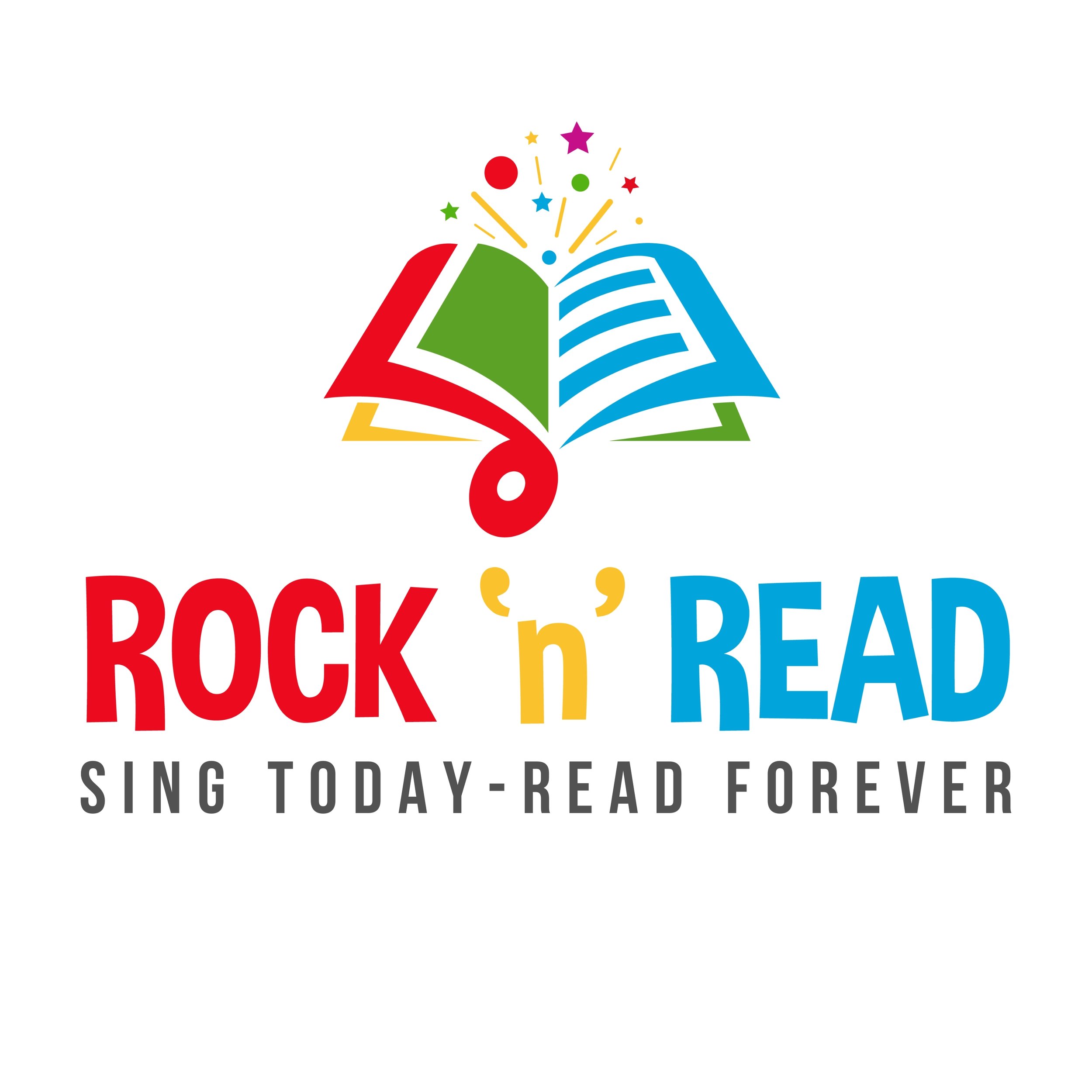Developed by teachers, with teachers, for teachers and parents
For 4 to 6-year-olds
Description
After three years of development and testing with PreK/K children and their teachers, we are excited to present A Song A Day: Brain Prep for Pre-Readers, 50 fun, short, easy-to-follow lessons that use singing and basic music skills to develop young brains for reading. The lessons are carefully sequenced from 1 to 50 to ensure that children develop auditory processing, auditory memory, phonological awareness, and beat syncronization—all correlated with proficient reading later on.
No prior music background needed!
Intro video
How to Use
You need a password from the publisher to access the Online Resources.
Prepare the Printables: images and manipulatives.
Open the Online Resources (with the password you receive from Ventris Learning on your receipt)
Teach one 15-minute lesson every day. Start with the first lesson in
Level 1 and end with the last lesson in Level 10.Note: Sometimes, children don’t want to stop the activities…a nice problem to have! So, just keep going, and continue the rest of the lesson the next day. You can also repeat lessons.
FAQ
What is special about A Song a Day?
It is the only curriculum that specifically sequences singing and practicing basic music skills with the goal of developing young brains for reading.
Is A Song a Day research-based?
Yes! Research has revealed that how brains process and remember sound is highly correlated with reading achievement, and that singing and music skills help develop it.
Is A Song a Day Evidence-based?
Yes! It was piloted by 18 PreK and 10 Kindergarten teachers and their 200 students, modified using their feedback, and tested for effectiveness. Both PreK & K children improved their music skills after practicing 15 minutes/day for 10 weeks. The results were statistically significant, meaning that the improvement was likely due to the lessons. See graph.
what is the relationship between musical training and early reading skills?
What do teachers say?
Couldn’t sing before
“I was always the student/teacher who thought I couldn't sing and was intimidated by the prospect of doing so. This program helped me grow in my own confidence and enjoyment of singing.”
Singing spontaneously
“There were so many times throughout the day that one student would be humming or singing one of the songs to themselves (during math, recess, lunch, transitions...) and the whole class would end up joining in singing.”
Loves the songs
“I absolutely loved the songs in this program...a few months in I found myself singing them for transitions. Students starting asking if we could sing specific songs as well. I can happily say by the end of the school year I was singing throughout the day in my room.”
Most engaged
“I have a student who was often resistant to lessons and knew that he was below grade level--so it was a negative spiral. The Song a Day lessons felt like the opposite of that for both him and I! He was often the most engaged and able to recount the songs.”
Excited to participate
“One of my students…has severe Autism spectrum behaviors. Other times of the day he was often yelling or physically harming other children. During these lessons he was excited about participating and would be engaged rather distracting himself and others. He was really the most engaged of the group.”






